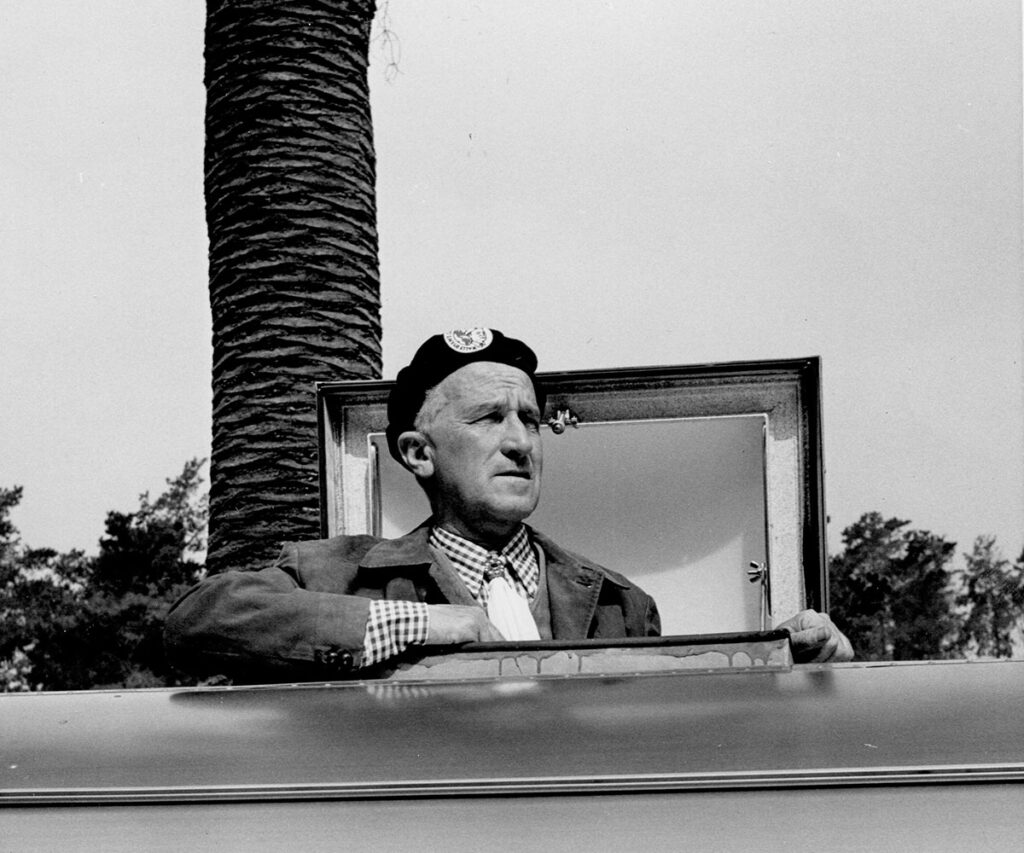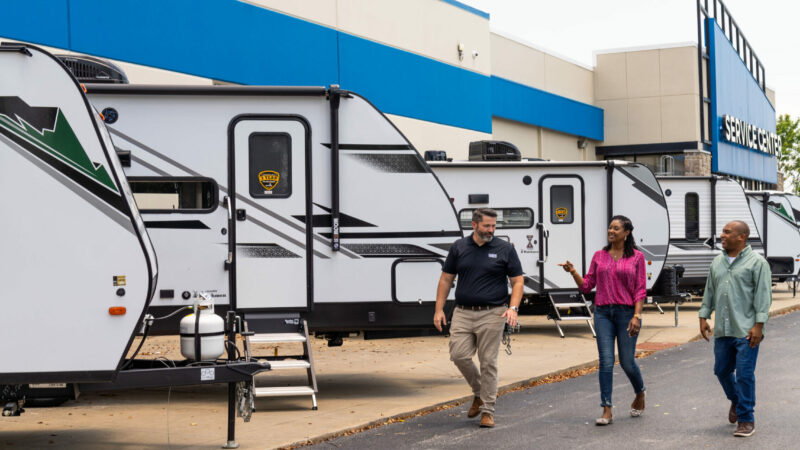Smithsonian Mag: How the Airstream Hit the Open Road – RVBusiness – Breaking RV Industry News
EDITOR’S NOTE: The following excerpt is from an article by Smithsonian Magazine. Click here to read the full report.
In the late 1920s, an ambitious young Stanford grad named Wally Byam found himself in booming Los Angeles, far from the rural Oregon of his youth, where he and his family had been happy, and frequent, campers. Byam, a magazine publisher, couldn’t wait to ditch his suit and tie to go camping on days off, but his wife proved less enthusiastic about sleeping on the dewy ground. He devised a compromise, elevating their tent on a wooden platform that sat atop the chassis from an old Ford Model T; the Byams’ own car then towed the tent-laden contraption. “I guess we looked like an itinerant patent-medicine show,” he’d later tell a reporter. “But it worked.”

So Byam kept tinkering, building a teardrop-shaped trailer out of plywood as a sturdier substitute for the tent, with room for an icebox and a kerosene cooking stove. When the couple began pulling this trailer with their Dodge, the setup continued to draw considerable attention on the road—and Byam, ever the entrepreneur, saw an opportunity amid all that gawking. Familiar with the power of print, he took out magazine ads that sold blueprints for do-it-yourself trailers. The timing worked out well, as his own publishing business began drying up after the 1929 stock market crash, and when a neighbor asked Byam to build him a camper, the inventor went one step further, ditching backyard tinkering to open a small factory in Culver City, California, in 1931. The result was a triumph of design and marketing, and it helped create the very idea of the modern road trip.
Byam gave his trailers the name Airstream, boasting they rode as smoothly as “a stream of air” and sold more than 1,000 by the spring of 1932. In early 1936, after further experimentation, he pivoted from plywood to selling the aluminum-clad Airstream Clipper. Starting at $1,200—a bit under $27,000 in today’s money, and more than twice the price of its predecessors—it was a luxury trailer with room for four people to sleep and dine. It even boasted onboard water tanks that paired well with the Clipper’s futuristic metallic sheen, riveted aluminum shell and streamlined, aerodynamic shape with gentler curves than previous models. The design cannily evoked the glamour of aviation—as did the name, nodding to Pan American World Airways’ celebrated new China Clipper plane. Soon, Byam’s advertisements were trading on the same association: “An airplane without wings,” a 1937 newspaper ad proclaimed the Clipper. “Luxurious in the extreme.”







